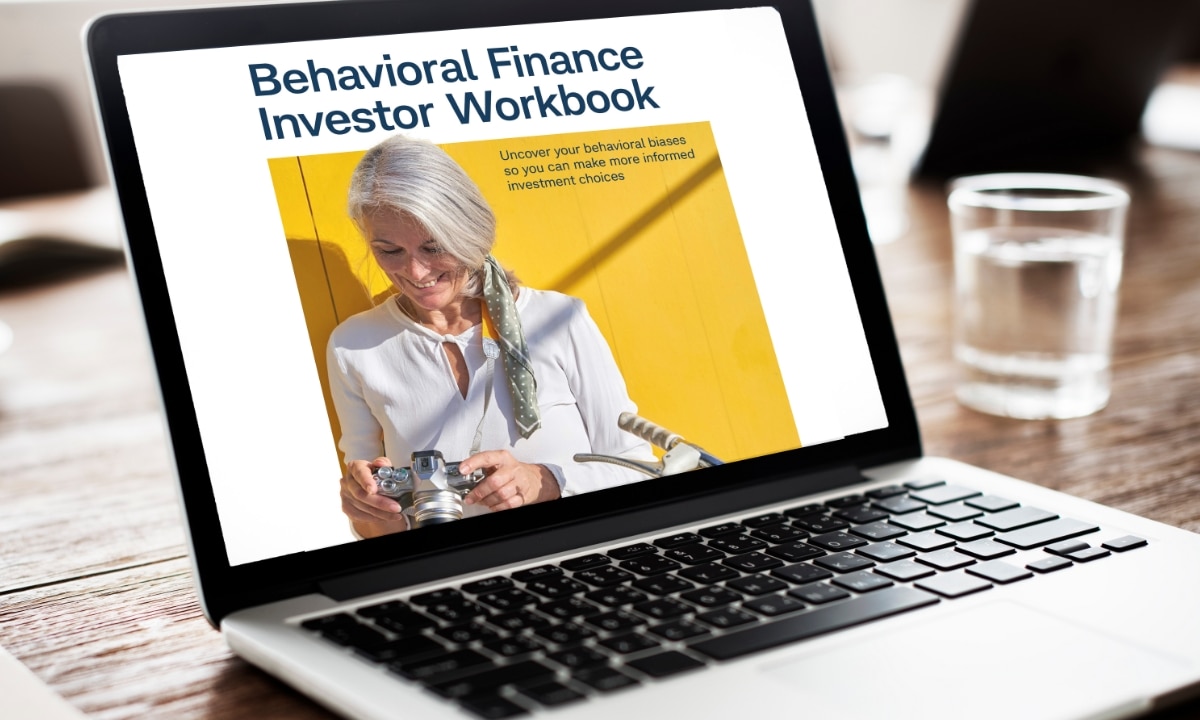Activating behavioral finance
More and more advisors are turning to behavioral finance to help strengthen their client relationships while potentially enhancing investing outcomes. We can help you turn theory into practice with our Biagnostics® behavioral finance program. Watch this video to learn how behavioral finance can be valuable for advisors.
Welcome to Biagnostics
Schwab Asset Management’s Biagnostics program provides a suite of educational and coaching tools advisors can use to assess client behaviors, build strong relationships and help bridge the gap between clients’ financial wants and needs—all of which can help promote a consistent and sustainable approach to investing.

Biagnostics tools and resources
Advisor Playbook: Your go-to resource for mastering behavioral finance
The playbook is your one-stop resource for understanding core behavioral finance concepts. Inside, you’ll find insights on common biases and generational tendencies, tips for navigating clients through the economic cycle, investment strategies to consider, and guidance on balancing your clients’ investing wants and needs. It’s a great place to get started with Biagnostics, but also a handy resource you can turn to whenever you have questions or want to revisit key concepts.

Biagnostics toolkit: Your assets for implementing behavioral finance
The backbone of the Biagnostics program is a straightforward toolkit with a single purpose: to help you quickly implement or advance behavioral finance in your practice. Here’s how to make the best use of the toolkit.

1. Read the Advisor Guide
Leverage this practical step-by-step guide to implement behavioral finance in your practice. The four-step Biagnostics framework is designed to easily integrate with and enhance your existing processes, with illustrative examples to help guide you.
2. Use the Investor Workbook with clients
Work with clients as they learn to identify and mitigate their most prominent biases. The interactive workbook includes quizzes and checklists to put clients on a path that marries their emotional wants and financial needs.


3. Build a plan with the Discussion Worksheet
Use this handy worksheet to help track and manage clients’ investing biases and start building bias-optimized portfolios. Then save to your CRM or client profile.
Request a presentation
There’s another way we can help you implement behavioral finance in your practice and help clients understand how their emotions could impact their investing decisions. Start with our popular presentations—one for advisors and one we can give directly to your clients.